In this article
View 8 More +The Dalmador is a combination of the Labrador and the Dalmatian, and they have been becoming extremely popular in the last few years due to their attractive appearance and loving and affectionate personality. If you are thinking about getting one of these dogs but would like to know more about them first, keep reading as we discuss temperament, training, exercise needs, and more to help you determine if this breed is right for your family.
Breed Overview
Height:
20–24 inches
Weight:
50–80 pounds
Lifespan:
10–14 years
Colors:
Black and white, liver and white, yellow and white, chocolate and white
Suitable for:
Active individuals, families with children, experienced dog owners
Temperament:
Friendly, affectionate, energetic, protective
Dalmadors are affectionate and loyal, making them wonderful companions and family pets. Their high energy level and intelligence add to their appeal, as they excel in activities like agility training and outdoor adventures. One of the most intriguing aspects of the Dalmador is their diverse coat colors and patterns, including the classic Dalmatian spots on a white or liver base.
Dalmador Characteristics

Dalmador Puppies
Like most puppies, Dalmadors are playful and energetic. They enjoy exploring their environment and meeting new people and animals. It is a great time to socialize them with new experiences so they can feel more comfortable as adults. Since these are designer dogs, it can be difficult to find a breeder because they need to specialize in both parent breeds to create this mixed breed successfully.
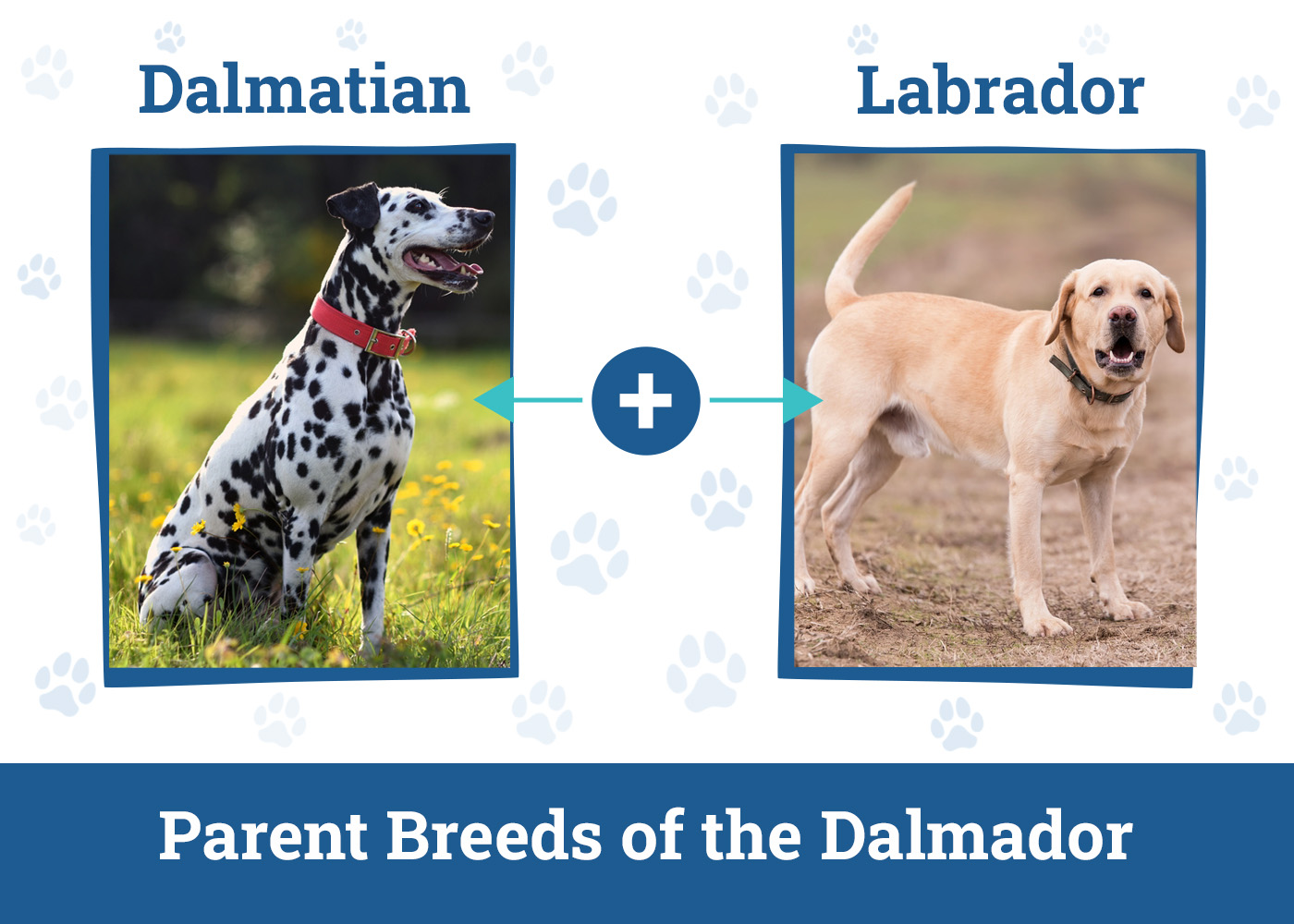

Temperament & Intelligence of the Dalmador 🧠
Dalmadors enjoy being around people and tend to be friendly, loving, and eager to please, making them great family companions. They often get along well with children and other pets when properly socialized from a young age and can exhibit a loyal and protective nature. Due to the intelligence of both parent breeds, they are quick learners that often excel in training. However, they need plenty of mental stimulation to prevent boredom.
Are These Dogs Good for Families? 👪
Yes, Dalmadors are good for families. They are playful and gentle, with enough energy to entertain children and adults. They get along with strangers, especially with proper socialization, and they are also protective and will watch over your home while you sleep or are away and keep you safe on your walks.
Does This Breed Get Along With Other Pets? 🐶 😽
Dalmadors usually get along well with other pets. Their social and friendly nature and adaptability can make them good companions for other animals in the household, especially with early socialization as puppies.

Things to Know When Owning a Dalmador
Food & Diet Requirements 🦴
Choose a high-quality dog food for your Dalmador with real meat like chicken or turkey listed as the first ingredient. Brands that contain real fruits and vegetables and omega fats can also be helpful, but avoid brands that contain artificial colors or preservatives like BHT, which can harm your pet. Pick a food suitable for your pet’s age and health, and follow the portioning suggestions carefully to help reduce the risk of your pet becoming obese.
Exercise 🐕
Your Dalmador will need at least 30–60 minutes of daily activity to stay happy and healthy. Include brisk walks, jogging, running, playing fetch, or engaging in interactive play sessions to help provide mental and physical stimulation. Tailor the intensity and duration of exercise to your Dalmador’s age, health, and physical capabilities. Puppies may only have short bursts of energy, while adult Dalmadors can handle longer walks or more intense activities.
Training 🎾
The Dalmador is a highly intelligent mixed breed that can learn new tricks quickly and is eager to please. However, if they take after their Dalmatian parent more, it can be harder to keep them focused, so it is better to hold your training sessions after playtime, when they’ve had a chance to burn off excess energy. Keeping your training sessions short and consistent will also help improve your chances of success.
Grooming ✂️
Dalmadors have short coats that shouldn’t require more than occasional brushing to keep them looking great. If they take after their Labrador parent more, your dog can have a double coat, which can shed more and needs more frequent brushing, especially during the spring and fall shedding seasons. It is also a good idea to manually brush their teeth as frequently as possible to help reduce the progression of dental disease. Trim their nails every few weeks when you hear them clicking on the floor, check their ears frequently for dirt and moisture, and clean them as needed to reduce the risk of infection.
Health and Conditions 🏥
- Urinary stones
- Allergies
- Progressive retinal atrophy
- Hip dysplasia
Minor Conditions
- Urinary stones – Dalmatians are prone to forming urinary stones, and Dalmadors may also inherit this susceptibility. A balanced diet, plenty of fresh water, and regular veterinary check-ups can help prevent and manage urinary stones. Signs include blood in the urine and straining to urinate.
- Allergies – Both Dalmatians and Labradors can be prone to allergies, including food and environmental allergies, manifesting as skin irritations, itching, and other clinical signs. Identifying and avoiding allergens and working with a veterinarian to develop an appropriate management plan can help keep allergies under control.
Serious Conditions
- Progressive retinal atrophy – Progressive retinal atrophy is a degenerative eye condition that leads to vision loss and sometimes blindness. It is common among Dalmatians, so Dalmadors are also in danger. Regular eye check-ups and responsible breeding practices can help identify and minimize the risk of this condition. Signs include bumping into things and a reluctance to go into dark rooms.
- Hip dysplasia – Hip dysplasia is a common condition in many large breed dogs, including Labradors. It is an inherited condition where the hip joint does not develop properly, leading to arthritis and difficulty getting up from a resting position. Unfortunately, there is no cure, but weight management is a treatment, and in some cases, surgery can help manage it.

Male vs. Female
Male Dalmadors tend to be slightly larger than females by a slight margin. However, there are no other noticeable differences, as the dog’s appearance, temperament, and even size will depend on which parent they take after more.

3 Little-Known Facts About the Dalmador
1. Excellent Swimmers
The Dalmador inherits the water-loving nature of their Labrador parent. They are typically an excellent swimmer and enjoy water activities and playing in a pool, lake, or beach, making them a great companion for aquatic adventures.
2. Scent-Detection Abilities
Both Dalmatians and Labradors have a keen sense of smell, and Dalmadors can also inherit this trait. They can excel in scent-detection activities, making them potential candidates for tasks like search-and-rescue work or scent-based training.
3. Athletic and Agile
Dalmadors inherit athletic and agile qualities from their Dalmatian and Labrador Retriever parents and are well-suited for agility training, jogging, or playing fetch.

Final Thoughts
Dalmadors can make great pets for any household. They are relatively easy to train and don’t require much work to keep them looking their best. This dog is usually friendly and affectionate to children and adults and frequently gets along well with other family pets, especially if you socialize them as a puppy. It can be harder to find a breeder than it would be to find a purebred dog, but they are well worth the effort.
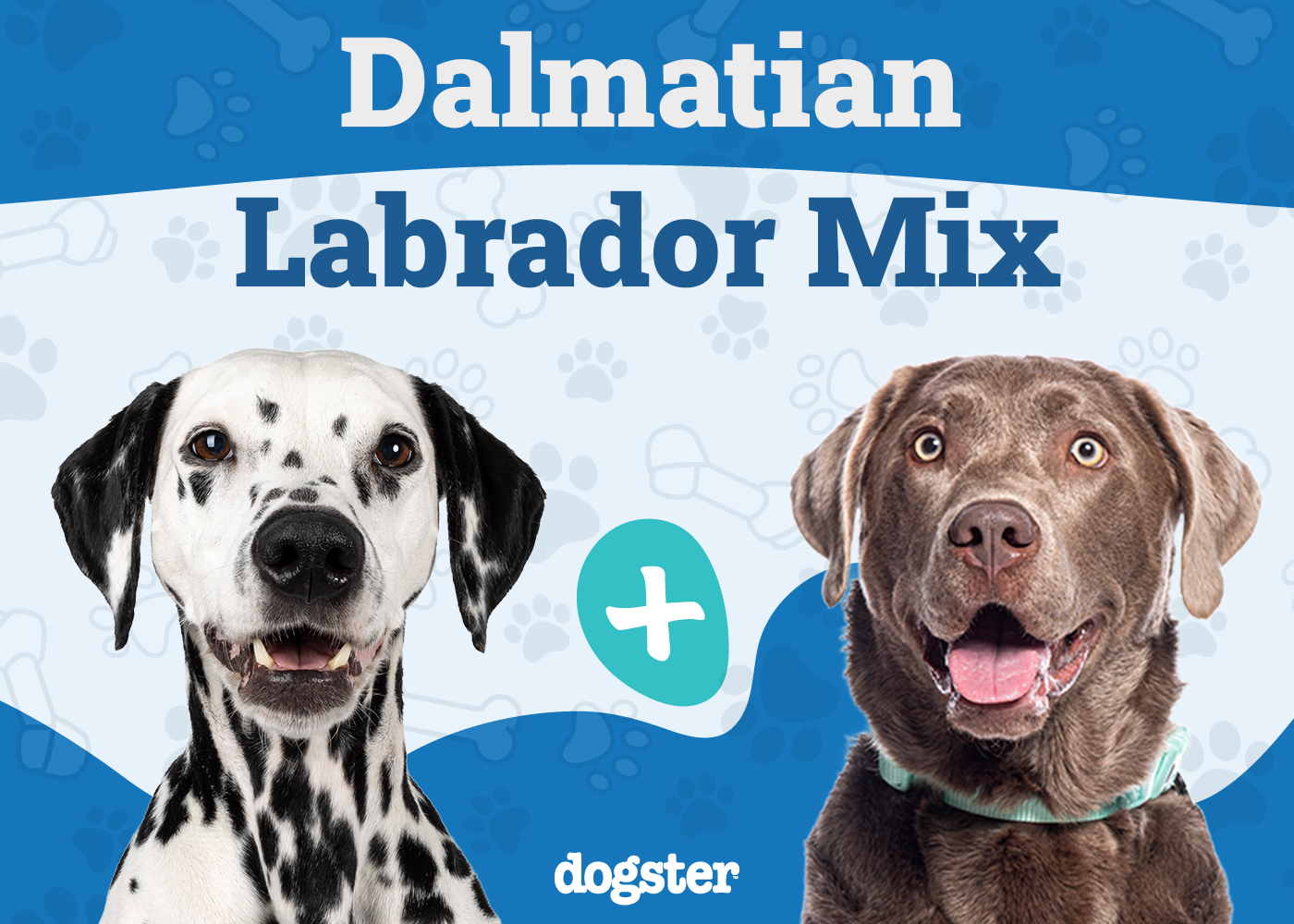

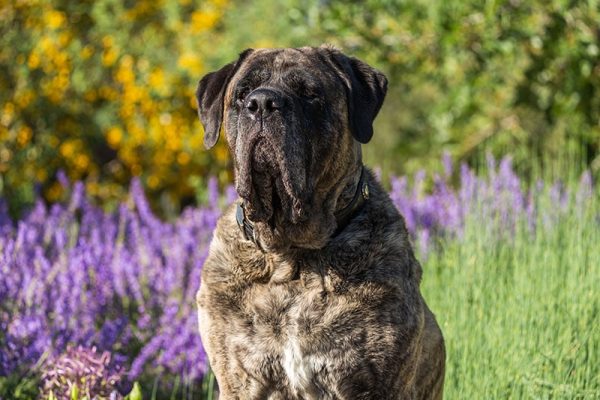

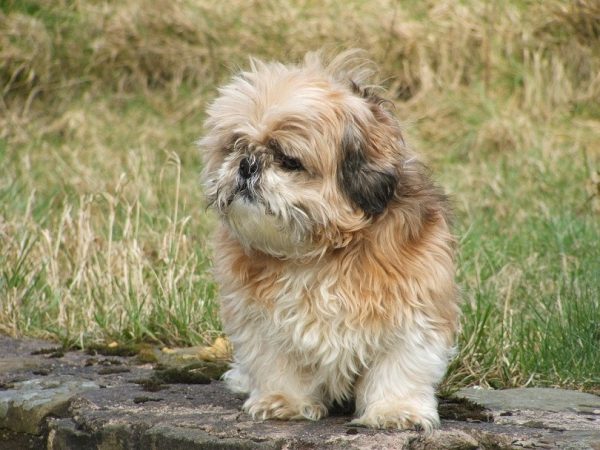
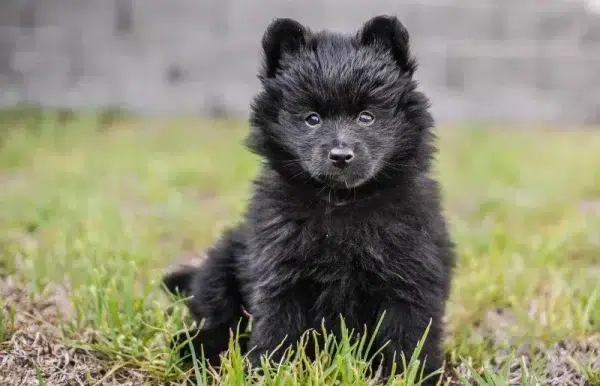
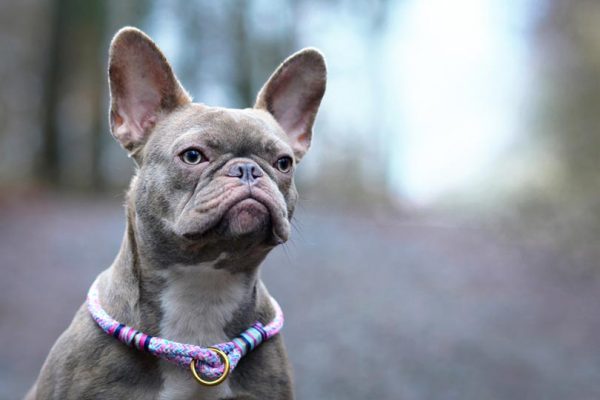
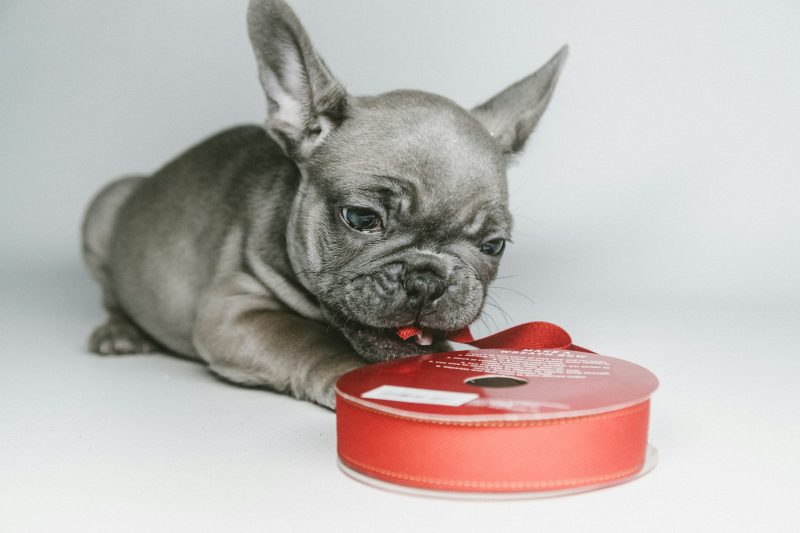
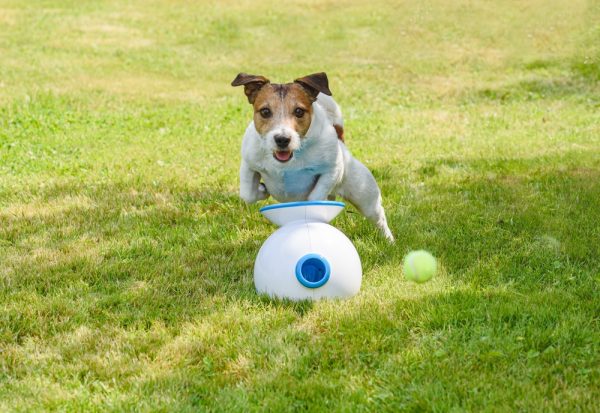




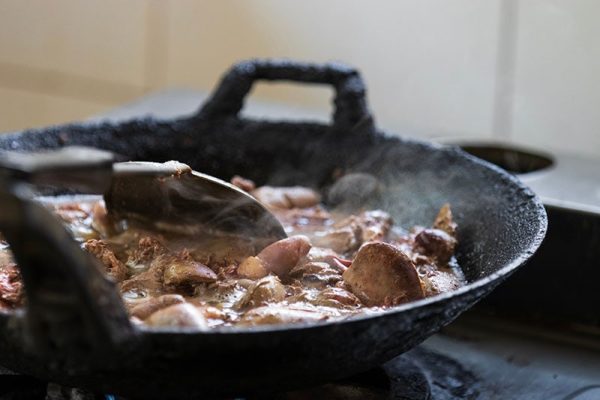


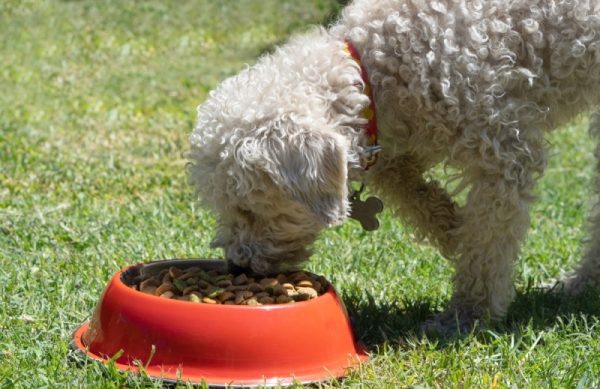


2 Responses
my dalmador was Born deaf but She Is very brave And kniw lord of commands